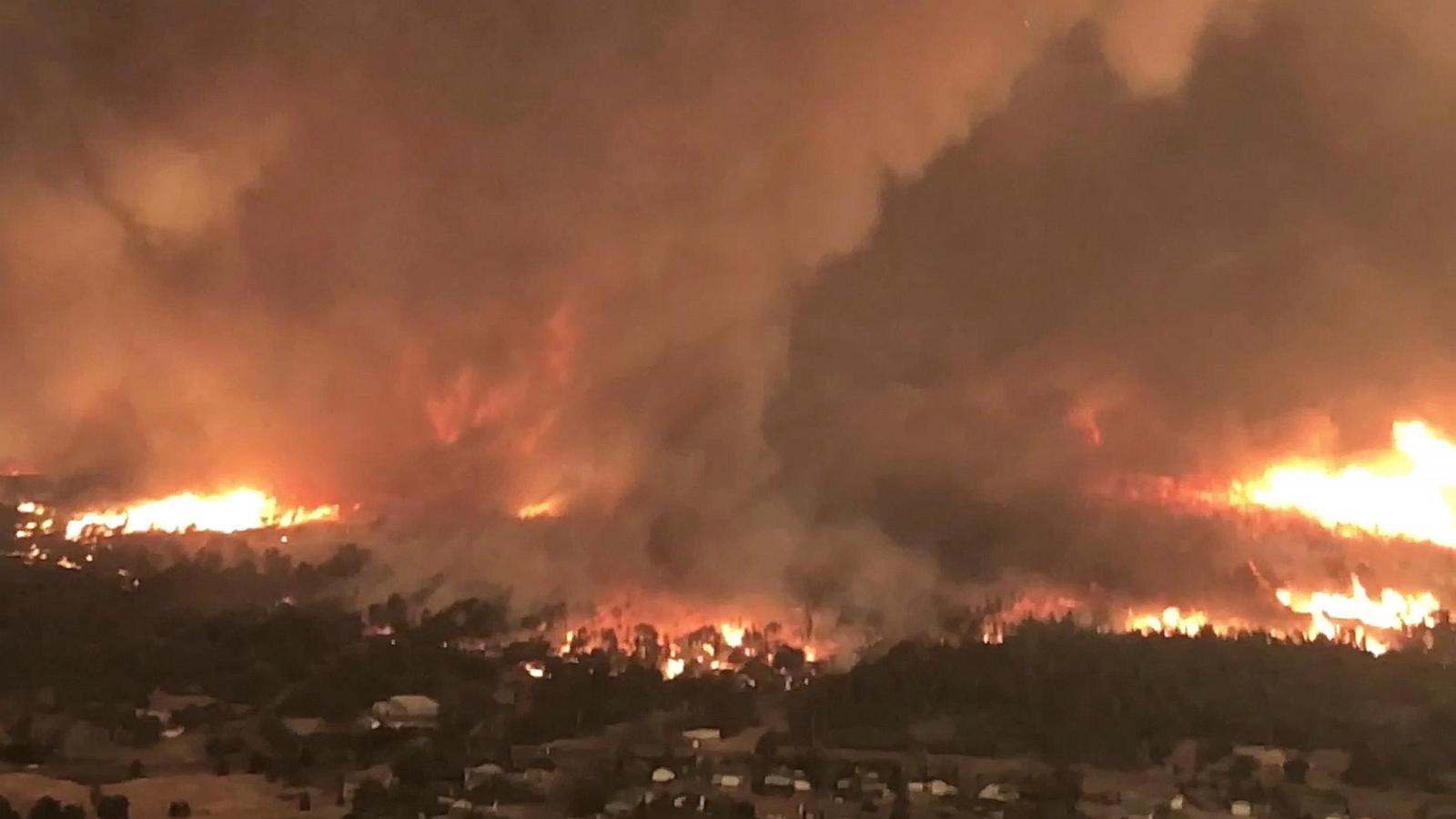Fire Tornadoes: Nature's Fiery Fury
Imagine a wildfire, already a terrifying force of nature, suddenly morphing into something even more destructive – a fire tornado! These swirling vortexes of fire, smoke, and debris are a rare but terrifying phenomenon, capable of intensifying wildfires and causing unimaginable devastation. But what exactly are these fiery whirlwinds, and how dangerous are they really?
What is a Fire Tornado?
A fire tornado, also known as a fire whirl or fire devil, is a violently rotating column of air and fire. It forms when intense heat from a wildfire creates an updraft, drawing in surrounding air. If the conditions are just right – strong winds, turbulent fire plumes, and even the landscape itself – this rising air begins to spin, forming a vortex that can reach incredible speeds, resembling a miniature tornado of pure fire. Some argue the critical distinction is cloud formation—if clouds are generated by the fire, the event is a fire tornado.
The intensity of a fire tornado can range widely, from small and relatively harmless whirls to monstrous firestorms capable of leveling entire forests and structures. These devastating phenomena can create incredibly strong winds—speeds over 140mph have been recorded—which is significant to firefighters battling the fire already. That said, more frequently reported is a speed between 40mph and 70 mph. These super-heated winds can spread embers over significant distances, sparking new fires and exponentially increasing the fire's spread and impact. The extreme heat and powerful winds pose an imminent danger to both firefighters and nearby populations.
The Science Behind Fire Tornadoes
The formation of a fire tornado is a complex interaction between several factors: the heat of the fire, wind shear (variations in wind speed and direction with height), and even topography (the shape of the land). These fire tornadoes are an unpredictable force in nature and very challenging for emergency workers to battle. When assessing these factors, predicting the formation of a fire tornado remains nearly impossible. This unpredictability and intensity can lead to the spread of fire over long distances due to the dispersal of embers from the intense heat. Further compounding the problem, the winds may vary unexpectedly—making it more difficult to prevent these fires.
High temperatures and instability cause rapidly rising air (updraft) to rotate as the temperature and wind direction change at different heights above the surface. These fire tornadoes result in many unpredictable characteristics, impacting fire behavior in the spread and behavior.
Real-Life Examples and Impact
Sadly, fire tornadoes are not just theoretical phenomena. In 2018, a monstrous fire tornado ravaged Northern California, tragically claiming the life of a firefighter. This fiery whirlwind, described as being the size of three football fields, was created in conjunction with an intense ice-capped cloud that reached incredible altitudes and had devastating 143 mph winds! Such incidents highlight the devastating and deadly power of these natural phenomena and the very real danger they pose to firefighters and the surrounding communities.
These monstrous firestorms aren’t only deadly; they can also carry large amounts of burning embers, creating additional challenges in battling these fiery behemoths and cause major disruptions to fire fighters, the general population, and local infrastructures.
Preventing and Fighting Fire Tornadoes
The unpredictability of fire tornadoes makes prevention and fighting them extremely difficult. However, by better understanding the atmospheric conditions conducive to fire tornado formation and by increasing forest management procedures, such as thinning fire prone areas and other prevention procedures, there may be ways to improve firefighter response strategies. Ongoing research aims to improve predictions, strengthen evacuation and response procedures, and ensure that protective equipment and strategies meet the dangers of these increasingly frequent events. Improving wildfire response times remains a key factor and improving predictions, especially in dry seasons, can prove to save many lives.
Take Away Points
- Fire tornadoes are dangerous, unpredictable events that significantly increase the risk and destruction of wildfires.
- Understanding the science behind fire tornado formation can assist in early detection and mitigation.
- Advanced equipment and training are crucial to aid emergency responders when confronting such hazardous incidents.
- The collaboration between researchers and firefighters improves our abilities to manage this dangerous phenomenon.




